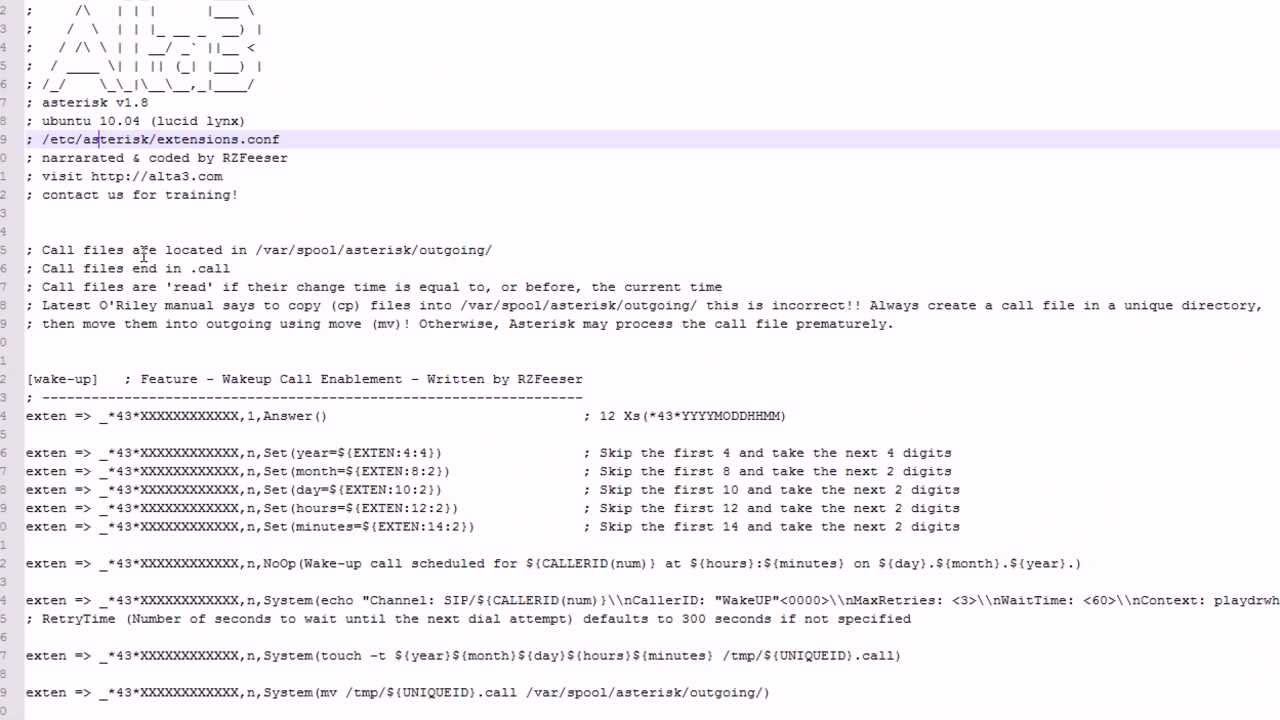

It possesses a C 4 photosynthesis mechanism, monocotyledon seed structure, and is commonly referred to by many names depending on the region, such as Feathertop Rhodes grass in Australia feathered finger grass, feathered windmill grass, and feathered Chloris in the United States and oldland grass and sweetgrass in south-east Asia. is a summer annual species of Poaceae family that is considered a troublesome weed species across the tropics of the world. Knowledge gained from this study will help in developing site-specific and multi-tactic weed control protocols.Ĭhloris virgata Sw.

The GR population SGW2 exhibited a distinctive pattern in T10, T50, and T90, possessing delayed germination behaviour and thus demonstrating an escape mechanism against pre-plating weed management practices.

Three biological parameters (T10: incubation period required to reach 10% germination T50: incubation period required to reach 50% germination and T90: incubation period required to reach 90% germination) suggested late water imbibition with increasing moisture stress levels. virgata to germinate in arid regions and drought conditions. Seed germination of all populations was inhibited at -0.8 and -1.6 MPa osmotic potential at two alternating temperature regimes (15/5 and 35/25☌) however, some seeds germinated at 25/15☌ at -0.8 MPa osmotic potential, indicating the ability of C. virgata to germinate in winter months despite being a summer annual. All populations exhibited considerable germination at the lowest alternating temperature regime 15/5☌ (61%, 87%, 49%, and 47% for Ch, SGM2, SGW2, and CP2, respectively), demonstrating the ability of C. Seeds germinated in all the temperature regimes with no clear indication of optimum thermal conditions for the GR and GS populations. These temperature regimes represent temperatures occurring throughout the year in the eastern grain region of Australia. A study was conducted using two glyphosate-resistant (GR) (SGW2 and CP2) and two glyphosate-susceptible (GS) (Ch and SGM2) populations of Chloris virgata, an emerging and troublesome weed species of Australian farming systems, to evaluate their germination response to different alternating temperature (15/5, 25/15 and 35/25☌ with 12 h/12 h light/dark photoperiod) and moisture stress regimes (0, -0.1, -0.2, -0.4, -0.8 and -1.6 MPa). Thorough knowledge of the germination behavior of weed species could aid in the development of effective weed control practices, especially when glyphosate resistance is involved.


 0 kommentar(er)
0 kommentar(er)
